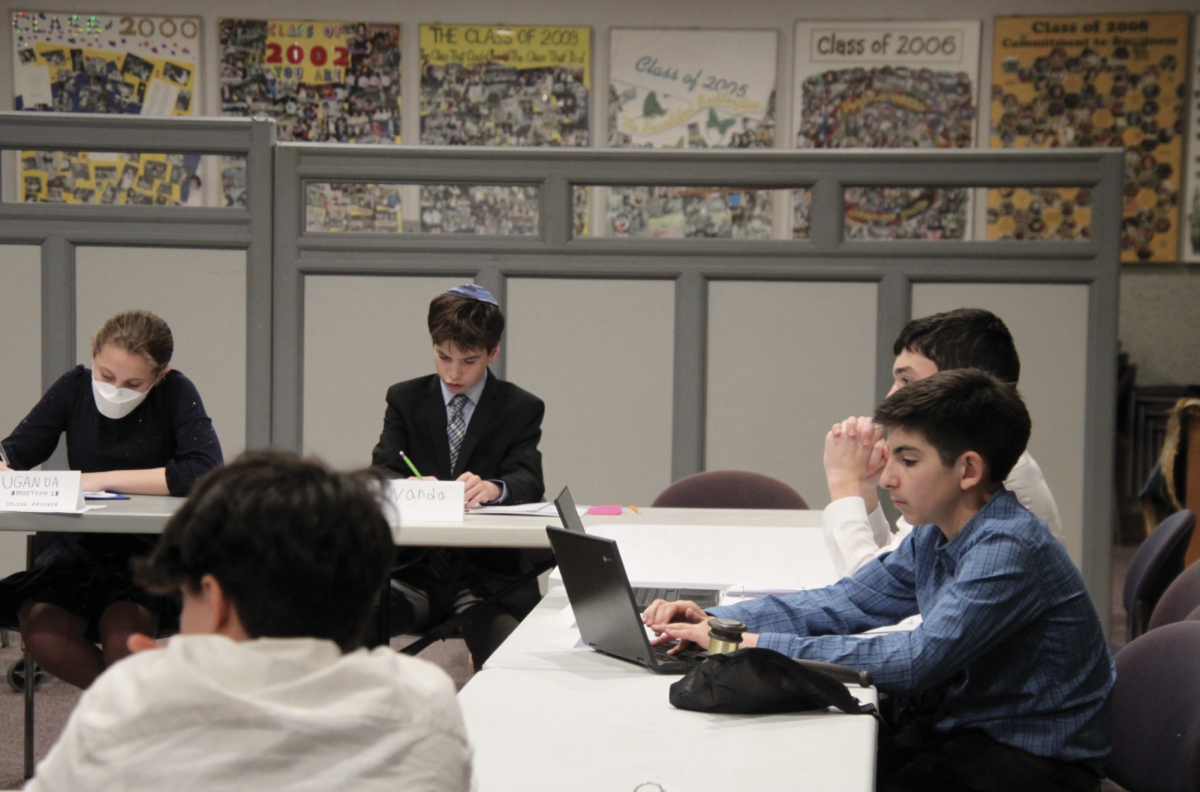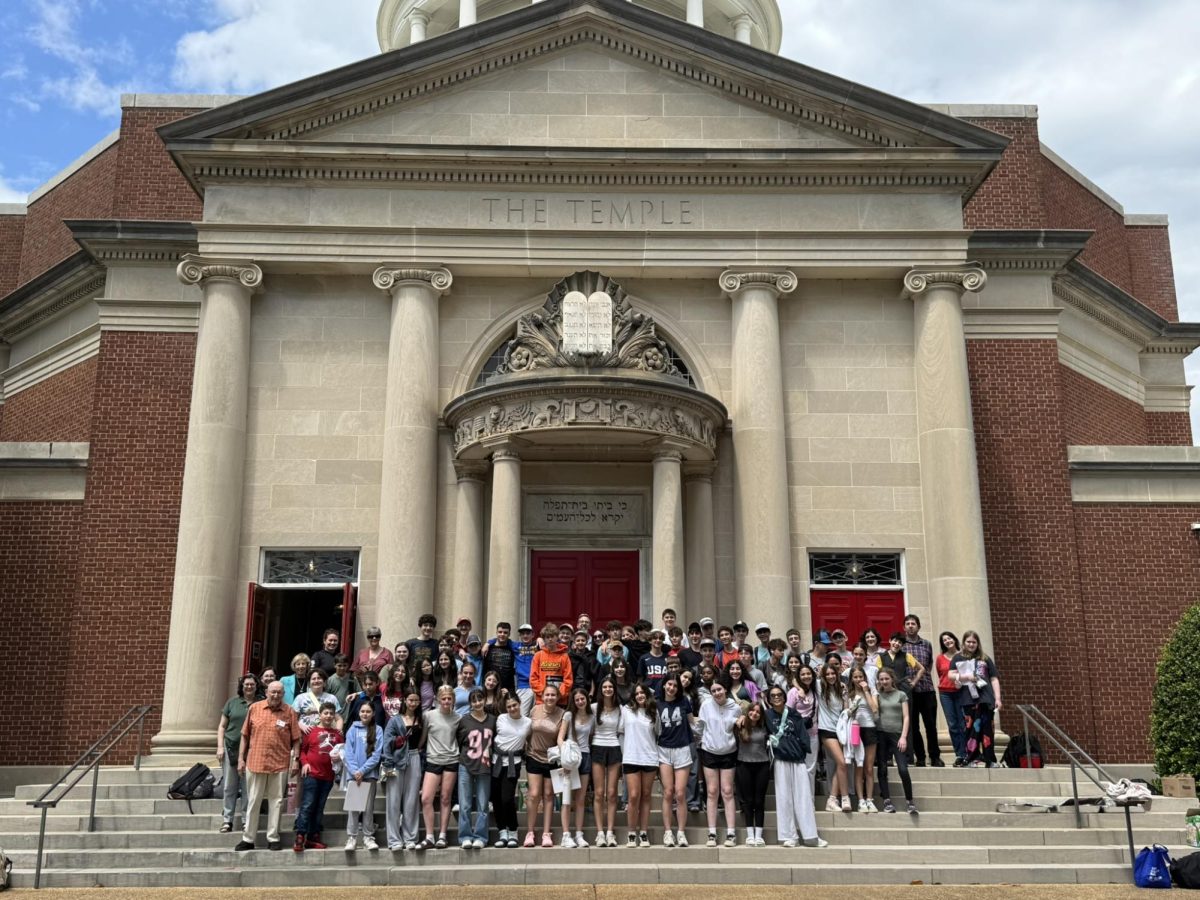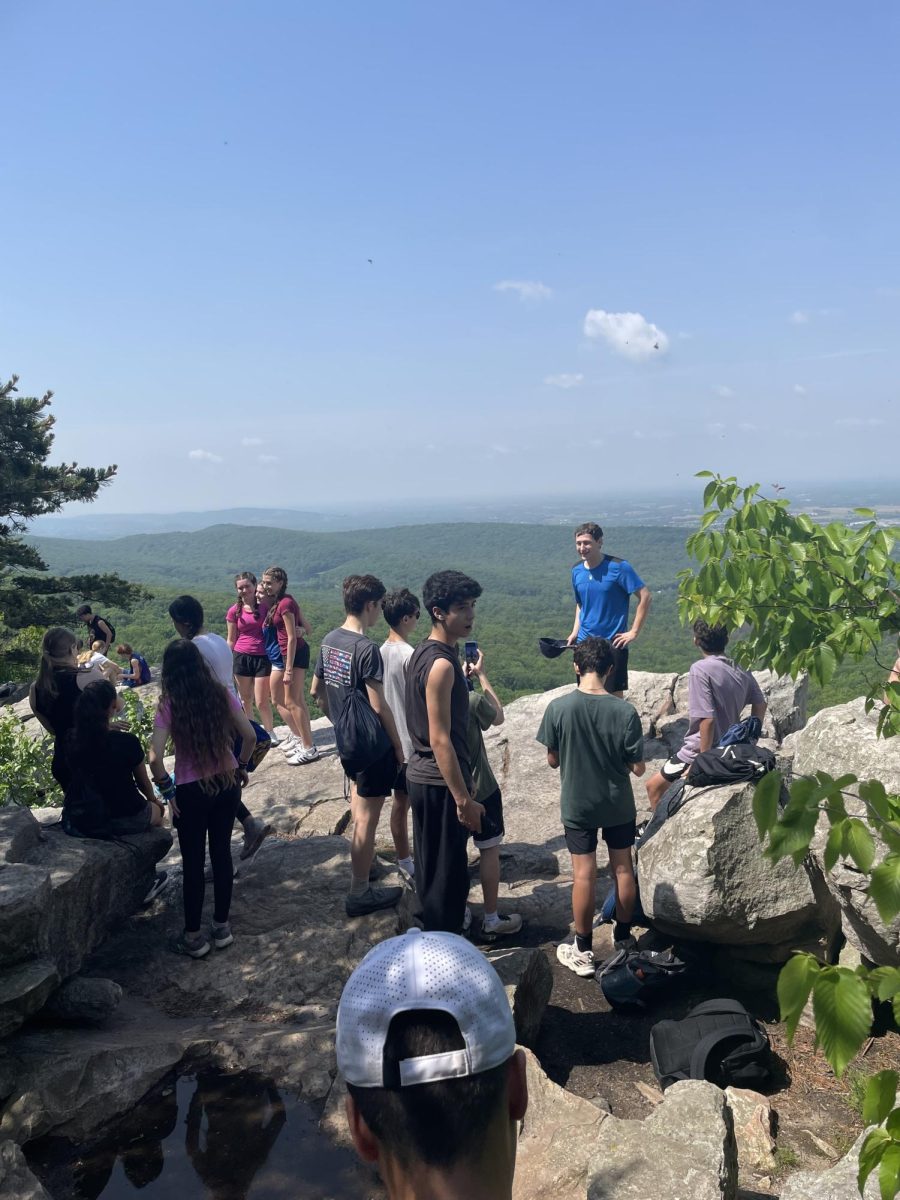On Feb. 14, the seventh grade concluded their history project; a climate summit where they modeled a United Nations conference on climate change. In this simulation, seventh graders, serving as delegates of respective countries, passed resolutions to add to the United Nations Paris Climate Accords.
To start the summit, students presented their country and viewpoint in small groups, after which they debated these stances. Students then worked together to create an operative clause to help solve the prevalent issue of climate change. These clauses were presented and voted on by the general assembly, also known as the seventh grade. The summit is meant to model a United Nations meeting with students representing developing countries.
“In our group we had a topic of conversation that we were focusing on,” seventh grader Rayut Weiser-Rosenbaum. “And then it was cool to see all of the groups and little sections…come together and have lots of different resolutions.”
During the coronavirus pandemic, middle school social studies teacher Heidi Zansler thought up the climate summit to replace the former capstone project on the developing world. She talked with middle school history teacher Matthew Jacobson, and it was implemented during virtual school.
“Climate change is just a very big issue nowadays,” seventh-grader summit moderator Ren Baronofsky said. “And it’s important for everyone to learn a lot about it, [and] learn all the different facets as to why all these opinions make sense.”
The project spans from October to February and gives students the chance to research a developing country and how climate change impacts it, which futhers their engagement in the seventh grade theme of the developing world. Each student researches climate change in relation to an assigned area of expertise.
“I really enjoyed learning about my country,” Weiser-Rosenbaum said. “When I got South Sudan, I really had no clue anything about the country. So I really like[d] learning more about that.”
In the small groups, student’s speeches were about a minute in length. During which, students explained the impact of climate change on their country in relation to the area of expertise they were assigned, as well as what they think the best solution is based on their assigned stance.
This was the first year the climate summit was entirely student-directed, with a president to introduce and explain the event and its procedures, and two moderators per small group facilitating discussion and drafting clauses.
“It was really exciting for me,” Zansler said. “…I always like to see the students do it because they feel empowered that they’ve accomplished something.”
This is the fourth year that the climate summit has run. According to Zansler, the project helps students develop fundamental skills such as public speaking, research, critical thinking and time management.
Aside from school skills, Zansler hopes that this project will plant a seed in her students’ about the adverse effects of climate change for later in life. She enjoys this project because of the potential it has to light a fire in her students to imagine and create a solution to climate change.
“[My favorite part of the project is] the day of the summit when I see it come to life, and I’m running into the different groups and the students who wouldn’t speak–maybe they were nervous or afraid–and all of a sudden I see them talking, and the words that come out of their mouths are just incredible…it’s a tear jerk moment for me,” Zansler said.









